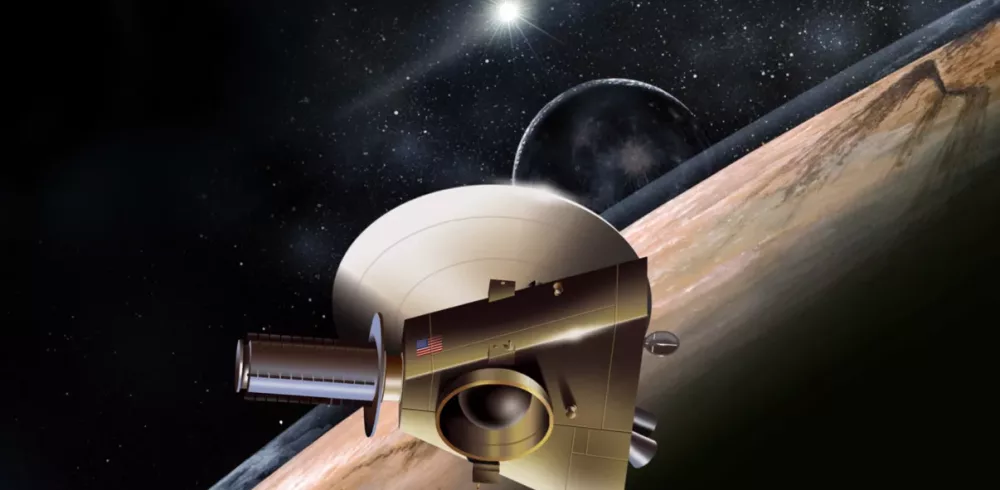A flyby of Ultima Thule, a small, icy world located in the outer reaches of the Solar system, has been successfully completed by NASA’s New Horizons probe. Flying by the rock in the early hours of New Year’s Day, the probe sent a signal to the mission team on Earth to confirm its accomplishment. The signal, though, took some 14 hours to reach Earth.
The probe’s encounter with the Ultima Thule occurred about 6.5 billion kilometres from Earth, making it the “the most distant flyby” of an object in the Solar System by a man-made probe.
According to NASA, the spacecraft gathered several gigabytes of images and other data during the pass, but it will take several months to download the data completely.
“New Horizons holds a dear place in our hearts as an intrepid and persistent little explorer, as well as a great photographer. This flyby marks a first for all of us — APL, NASA, the nation and the world — and it is a great credit to the bold team of scientists and engineers who brought us to this point,” said Johns Hopkins Applied Physics laboratory director Ralph Semmel.
Ultima Thule is located in the Kuiper belt – the region of primordial objects comprised of dwarf planets, icy rocks and debris left over from the formation of the solar system about 4.6 billion years ago. This region lies more than two billion kilometres beyond Neptune and about 1.5 billion kilometres from Pluto.
New Horizons’ observations indicate that Ultima Thule is about 32 kilometres long and 16 kilometres wide. It is believed to contain carbon dioxide, frozen carbon monoxide, molecular nitrogen and methane.
The New Horizons spacecraft, designed and built by the Johns Hopkins Applied Physics Laboratory in Maryland, was launched in January 2006 with the aim of exploring Pluto and the Kuiper belt region.
The spacecraft reached Pluto in 2015, becoming the first mission to ever reach the dwarf planet. After visiting Pluto, the probe continued its journey through deep space toward its next destination, Ultima Thule.
The spacecraft carries seven scientific instruments on board, which were used to capture high resolution images, map the surface of the object, and to measure the surrounding temperature. With these new details, scientists hope to learn more about the icy world, a type of object never visited up-close before.
New Horizons is expected to continue its exploration of the Kuiper Belt region until at least 2021.
Manufacturing & Engineering Magazine | The Home of Manufacturing Industry News










